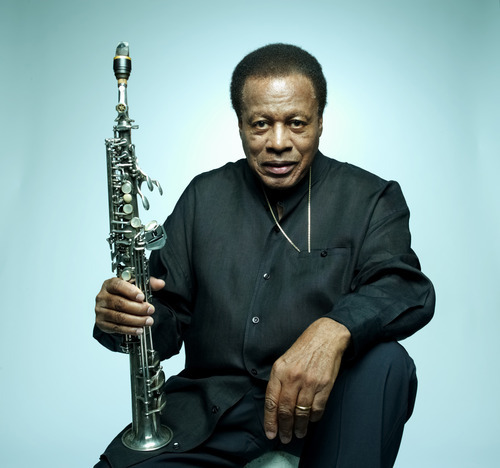
Do jazz fans still rail against the “plus-strings" concept, or later “third stream", as they did in Charlie Parker’s day, or wail inconsolably when Gunther Schuller and John Lewis took the synthesis a step further?
Possibly not, apart from a few diehards. But this year has seen less of the lonely string quartet parked on stage, hardly written into the action, than in the past. In fact they are more common than ever, and fully integrated, surely a sign that the antagonism to the concept is dying out.
Notable sightings have included the Mount Molehill Strings joining the Neil Cowley Trio, supplemented by even more strings at their recent Barbican concert; the Urban Soul Orchestra strings touring with Jazz Jamaica and Brinsley Forde is another recent collaboration that worked, with Jason Yarde’s arrangements a strong factor; and on Laura Jurd’s Landing Ground a connection to both Molehill and Urban Soul as both bands and Jurd’s impressive debut featured violinist Mandhira de Saram, on Jurd’s record as part of the Ligeti Quartet.
Others dipping their toes in these difficult waters have included Nick Tyson’s Chambr, and continuing his interest in the area, Dave Stapleton, who with Flight draws together jazz quartet and the impressive Brodowski String Quartet.
Where the wider trend started is hard to say, and to some extent, although this is changing, classically trained players who turn to jazz have little difficulty working in chamber situations. Brad Mehldau working with the Britten Sinfonia for instance two years ago, and more recently touring a classical work of his with the Orpheus Chamber Orchestra, has placed his newly commissioned work, ‘Variations for Piano and Orchestra on a Melancholy Theme’, with classical repertoire from Prokofiev and Mozart in concert programmes. For the full jazz symphony experience it was Wynton Marsalis who made an impact back in the summer premiering his Swing Symphony with the Jazz at Lincoln Center Orchestra joining forces with the London Symphony Orchestra.
2013 will see a major new chamber work from Wayne Shorter, the tone poem ‘Pegasus’ for his great quartet and the Imani Winds on his album Without a Net due in February. It’s a protean game changer, and example, for the new generation working in this area, and could inspire yet more jazz and classical collaboration to feed the creativity of jazz once more.
Stephen Graham
Wayne Shorter above who shows the way forward in 2013 with the 23-minute chamber piece ‘Pegasus’ on Without a Net due for release in February. Photo: Robert Ascroft